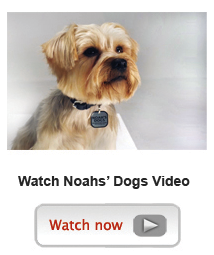Eurasier
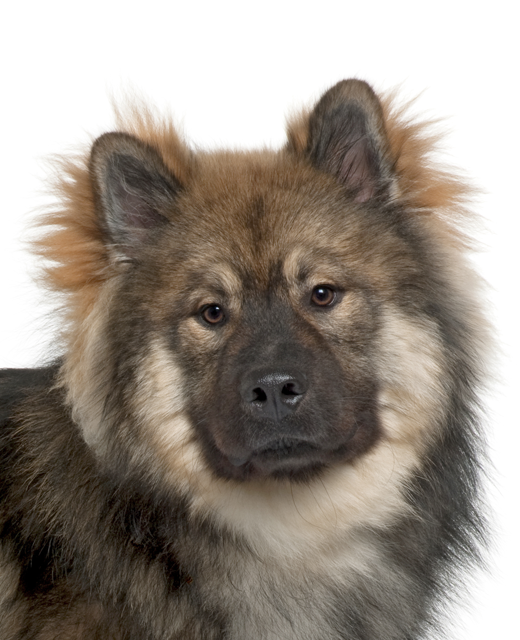
In my own words
Hey, you’re back! I missed you so much! Please don’t leave me on my own again, I really hate it. I felt so lonely and depressed but I’m really happy now! I missed you! I missed you so much that I need to give you a great bit kiss – lick – sorry about the dog breath! Are you too busy for a cuddle? You can’t ever be too busy for a cuddle! I promise I won’t make a sound, as long as I can sit with you, is that okay? I just hate being left alone. It’s just so... Lonely...
When the children come home can we go out and play? I love playing games The children have just enough energy to keep up with me I think. But what about you? Don’t you want to play? Can you keep up with me? I have a lot of energy to burn off you know!
My ideal owner(s)
Families
Outdoorsy types
Active singles
What they say about me
Easygoing
Independent
Dignified
Positive
Please read on, to find out more about me, and whether I will be someone you can be happy with for the next 13 years, or even longer!
Is this Eurasier for you?
Test your knowledge about the Eurasier
Information essential about the Eurasier
Kennel Club Group:
Utility
Size:
Medium: Weight Male 50 – 70 lb (23 – 32 kg) Female 40 – 60 lb (18 – 26 kg)
Height Male 20 – 24” (52 – 60 cm) Female 16 – 18” (48 – 56 cm
Popularity:
Breed History:
The breed was developed in Germany in 1960 by Julius Wipfel and Charlotte Baldamus. They wanted to create a wolf-like spitz with a family-dog temperament and developed the Eurasier by crossing the Wolfspitz with the Chow-Chow. Originally the breed was called the Wolf-Chow until it was crossed with a Samoyed when it was renamed the Eurasier. The breed was recognised by the FCI in 1973.
Nobel Laureate Konrad Lorenz obtained a Eurasier puppy from Charlotte Baldamus, Nanette vom Jaegerhof, whom he called "Babett". He thought her character was the best he had ever known in a dog. Eurasiers are still a comparably young breed. The three Eurasier Clubs are in the German Kennel Club VDH / FCI —EKW, KZG, and ZG—therefore strongly direct and supervise breeding in Germany. A group of very dedicated Eurasier Clubs have joined together in the International Federation for Eurasier Breeding (IFEZ) in the FCI. Eurasier puppies bred according to these sound IFEZ guidelines receive an IFEZ certificate. The Eurasier breed was recognized by the Canadian Kennel Club (CKC) in 1995 as a member of Group 3 (Working Dogs). Today, unethical breeders sometimes try to pass off a Wolfspitz/Chow Chow mix as a Eurasier. While they are genetically similar, these mixes cannot be classified as Eurasiers.
Character:
While this breed is not considered a working or hunting dog, they still make very good protectors as they are watchful yet restrained. They are playful and gentle with children and have a teddy bear quality to them due to their cuddly nature and big coat. The Eurasier is an excellent companion dog as they are quiet, calm, even tempered and friendly. They are affectionate and loyal to their family but rather shy and reserved with strangers but not timid or aggressive. They need early socialisation and bond well with their family. This breed is intelligent and quick to learn, benefitting from early training. They are not good guard dogs but work well as watchdogs as they will bark at things that are unfamiliar. They do not bark without good reason
Temperament:
This breed is calm and even tempered. They are watchful and alert but reserved towards strangers. They require constant, close contact with their family and consistent training which will encourage them to form a strong bond with their family. They can be sensitive to harsh training but are intelligent and dignified. They do not do well in a kennel environment as they were bred to be companion dogs. They work well as therapy dogs and enjoy many activities such as agility in which they excel. They are calm and quiet inside the house but are lively and animated outside.
Conformation:
This breed has a thick double coat and a wedge shaped head. The muzzle is tapered with dark eyes and erect, triangular shaped ears. The neck is strong and muscular and they may have some chest mane. The tail is plumed and can either be carried over the back or hanging. This breed is balanced, well-constructed and medium sized. The breed may have a pink, blue-black or spotted tongue.
Coat:
Eurasier has a Spitz-type frame covered in a thick, medium-length coat that can come in almost any colour. Fédération Cynologique Intenationale (FCI) standards call for the Eurasier to have a thick undercoat and medium-long, loosely lying guard hair all over the body, with a short coat on the muzzle, face, ears, and front legs. The tail and the back of the front legs (feathers) and hind legs (breeches) should be covered with long hair. The coat on the Eurasier's neck should be slightly longer than on the body, but not forming a mane.
Colour:
The coat comes in different colours: fawn, red, wolf-grey, solid black, and black and tan. All colour combinations are allowed, except for pure white, white patches, and liver colour.
Training:
This breed is intelligent and responds well to training but they do not respond well to ruthless discipline. They do best with a soft reprimand that is firm but not harsh. Proper human to canine communication is a must. They can get bored with repetitive training and may become stubborn with a passive or meek owner. This breed should never be restricted to only a yard, kennel, crate or left chained up as they can pine and become depressed. Training should only be done by family members, not strangers or handlers
Care:
This breed needs regular brushing and grooming particularly during Spring and Autumn shedding seasons
Health:
The lifespan of a healthy individual is between 11 and 13 years, however, some live for as long as 14 years. If you buy from a reputable, responsible breeder, health problems should not occur. This breed has relatively few genetic health issues but should be tested for common ailments such as hip dysplasia and hypothyroidism. They can also suffer patella luxation and eyelid and lash disorders such as distichiae, entropion and ectropion.
Exercise:
This breed is happy in an average sized apartment provided they have plenty of exercise and family time. The Eurasier does not do well left alone or confined in small spaces. They are not suited to an outside kennel, being chained up or confined to one room, doing best when they are included as part of the family. If left alone or isolated for long periods of time they can become depressed. They require a good amount of exercise such as long daily walks and benefit from having a safe enclosed area to run free.
You may also like:
If you like Eurasiers, you may be interested in breeds of the same size »
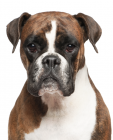
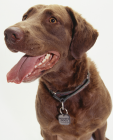
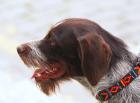
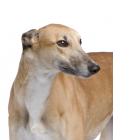
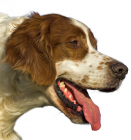
If you like Eurasiers, you may like other breeds with similar characteristics »
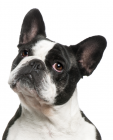



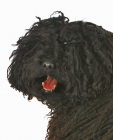
If you like Eurasiers, you may be interested in these other utility dogs »
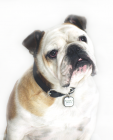
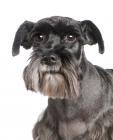
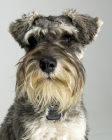
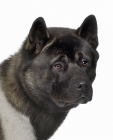
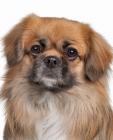
Advice on choosing your breed »
Find an animal shelter or rescue home where a Eurasier is waiting for a new home »
The following grid gives a fast track review which covers all breeds. You can apply it to help you decide if a Eurasier is suitable for you, the environment where you live, your personality and your lifestyle. On the grid, 1= strongly disagree, and 5= strongly agree. If you want a playful companion, look down to Activities, and you will see that Eurasiers love to fetch and hunt, and score 5. You might like to save or print off this section and keep it for reference while you check some other breeds before making your final choice
Be the first to rate this breed »
|
*PLEASE NOTE: All our breed profiles are general, and all dogs are individuals. Always talk to the breeders and meet the owners you are buying from. Try to meet the dog and its parents if it is a puppy in their home environment.










